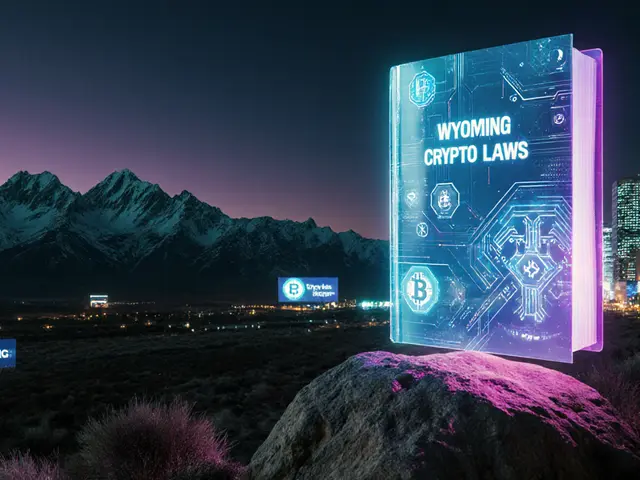
Centralized NFT Marketplaces Explained
When working with centralized NFT marketplaces, online platforms that list, sell, and trade non-fungible tokens under a single corporate authority. Also known as centralized NFT exchanges, they provide a familiar web‑app experience while handling custody, KYC, and order matching for users. NFT (unique digital assets stored on a blockchain) are the core product on these platforms, and they rely on blockchain (a decentralized ledger that records ownership and transaction history) to guarantee scarcity and provenance. Most of these marketplaces operate like traditional crypto exchanges (services that let users trade digital assets for fiat or other cryptocurrencies), meaning they inherit familiar order‑book mechanics, fee structures, and liquidity pools.
Centralized NFT marketplaces encompass digital art trading, gaming items, and collectibles, but they also require strong compliance measures such as KYC and AML checks. Because a single entity holds the custody of NFTs during trades, users benefit from faster settlement and lower gas fees compared to pure peer‑to‑peer networks. However, market liquidity influences pricing: a platform with deep order books and many active buyers can narrow spreads and boost confidence for both creators and collectors. The ability to list NFTs instantly, set royalties, and offer fiat on‑ramps makes these platforms attractive for newcomers who might shy away from managing private keys. At the same time, the trade‑off is less decentralization, so users should weigh custodial risk against convenience.
Choosing the Right Platform for Your NFT Needs
When you start exploring centralized NFT marketplaces, look for three practical factors. First, check the fee schedule – minting, listing, and transaction fees vary widely and can erode profit margins, especially for lower‑priced assets. Second, examine the platform’s user base and volume; high traffic usually means tighter spreads and quicker sales. Third, verify the security track record – reputable platforms employ cold storage, insurance, and regular audits. Many also integrate with popular wallets, letting you retain partial control of private keys while still enjoying the ease of a hosted order book. If you’re a creator, pay attention to royalty settings and promotional tools like featured drops or curated collections. For collectors, the ability to buy with credit cards or stablecoins can simplify the entry point.
Our curated list below pulls together deep‑dive guides, airdrop alerts, and technical breakdowns that touch every angle of centralized NFT marketplaces. Whether you’re hunting the next big art drop, comparing fee structures, or learning how crypto exchanges influence NFT pricing, you’ll find practical insights to help you make informed decisions. Dive in and explore the posts that match your interests.




